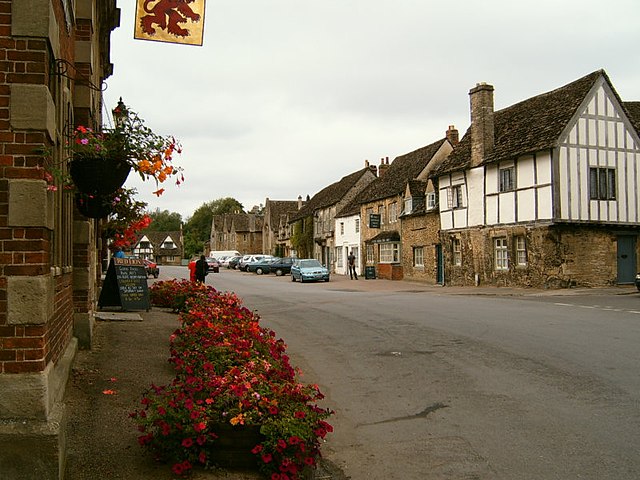Lacock Abbey in the village of Lacock, Wiltshire, England, was founded in the early 13th century by Ela, Countess of Salisbury, as a nunnery of the Augustinian order. The abbey remained a nunnery until the suppression of Roman Catholic institutions in England in the 16th century; it was then sold to Sir William Sharington who converted the convent into a residence where he and his family lived. It was fortified and remained loyal to the crown during the English Civil War, but surrendered to the Parliamentary forces once Devizes had fallen in 1645.
Lacock Abbey from the south, including the window famously photographed by William Henry Fox Talbot
The chapter house survives unaltered.
The internal courtyard of the cloisters
A latticed window in Lacock Abbey, photographed by William Fox Talbot in 1835. Shown here in positive form, this may be the oldest extant photographic negative made in a camera.
Lacock is a village and civil parish in the county of Wiltshire, England, about 3 miles (5 km) south of the town of Chippenham, and about 3.7 miles (6.0 km) outside the Cotswolds area. The village is owned almost in its entirety by the National Trust and attracts many visitors by virtue of its unspoiled appearance.
High Street, Lacock
Church of St Cyriac, Lacock was established in the late 11th century






